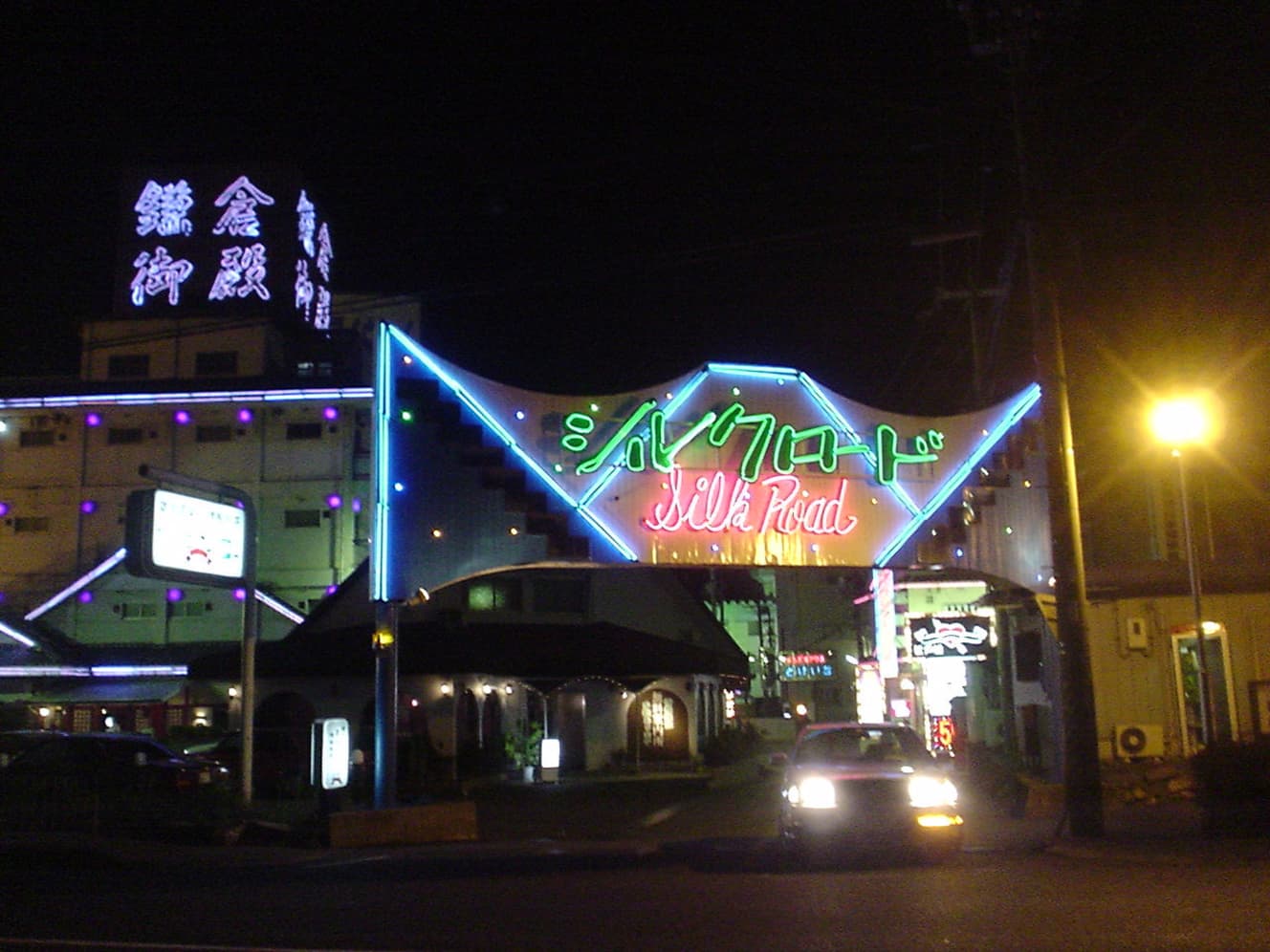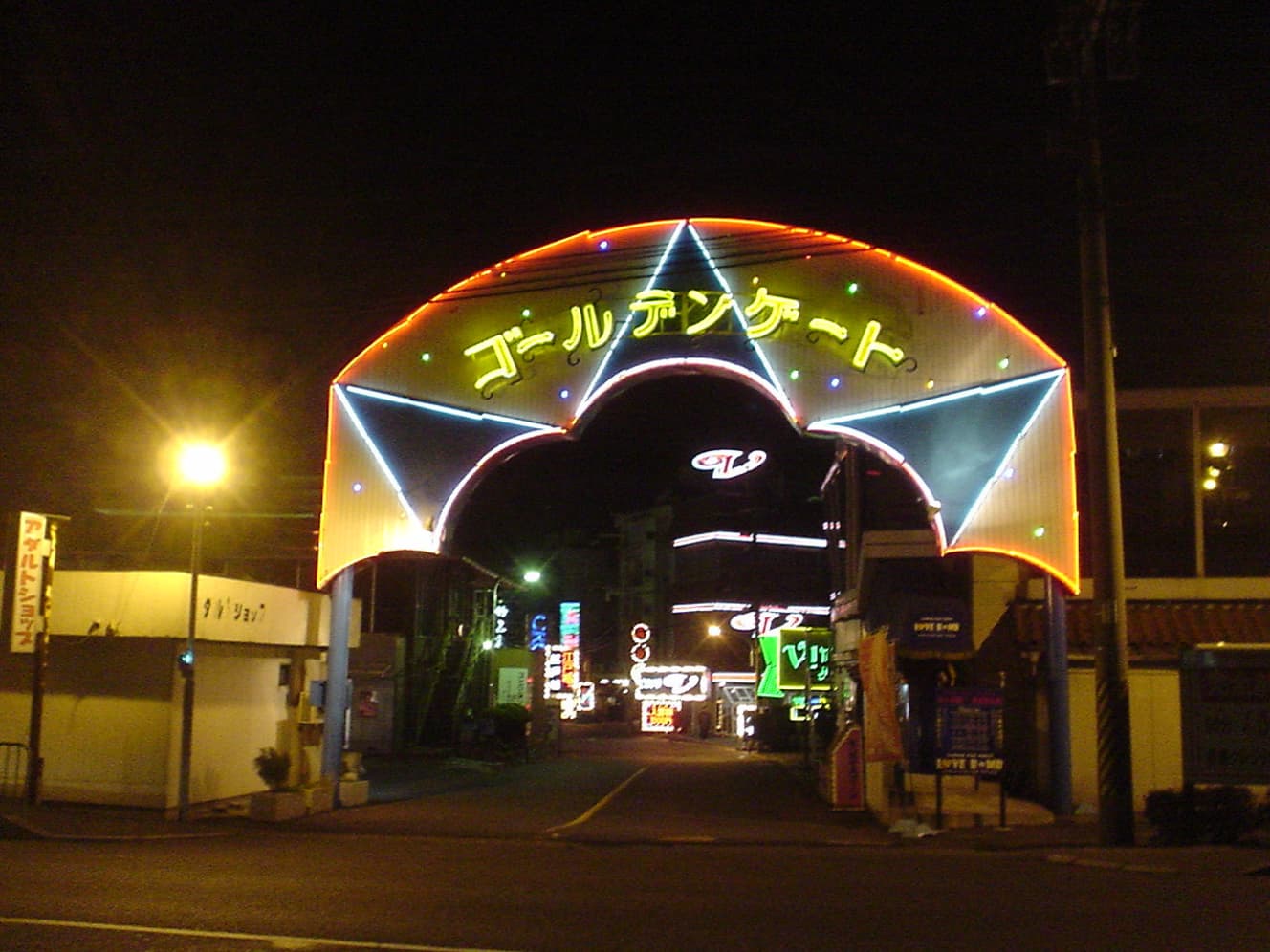A “theme park” that has suddenly appeared in a scenic spot in another world… Why are there still so many customers who are eager to visit “YUKOTO”?

The book “Reporto Nihon no Iikai Chizu (Report on Japan’s Otherworldly Map),” which introduces 32 “otherworldly” places that still exist in Japan, was published by Furaido (ed., Seidansha Public, Inc.) in 1983. Taboo Zones 32″ (edited by Kazarayudo, Seidansha Publico), which introduces 32 “otherworldly” places still scattered throughout Japan. We interviewed sex journalist Akira Ikoma, who was in charge of the “Shikigai” section of the book, about Shikigai as a “different world ” in the book. The sequel to “In the Disappearing ‘Otherworld’…The Only One Place in the Nation Where the ‘Tobita Shinchi’ Is Thriving Today “. What is the reason why Tobita Shinchi still remains as a “different world”?
The first part is here: ” In the ‘other world’ of the vanishing color district… Tobita Shinchi is the only place in Japan that is still bustling with activity.
My theory is that Tobita-shinchi has a strong union, and all stores stay open until midnight, or close at the same time during the COVID-19 crisis.
Prices are standardized, there are few problems, and they are cooperative with the government. The local stores are enriched by the customers who come to Tobita Shinchi, and this contributes to the local community as well. This is a very important factor. The authorities are also grateful because they can maintain public safety and pay taxes. The business owners there are aware that they are an endangered species. So they know what they need to do to survive.
Of course, the reason why they are able to contribute so much to the local community is based on the premise that their business is doing well. This is due in large part to the unique management style of Tobita Shinchi.
The stores in Tobita Shinchi are managed in a “no-holds-barred” way. They have no waiting rooms, no courtesy cars, no websites, and no advertisements. Even without such services, customers come to Tobita Shinchi because it has been famous for a long time. We can make a profit because we don’t have to pay fixed costs.
Moreover, in Tobita, the market price is 16,000 yen for 20 minutes. Normally, a health club would charge around 10,000 yen for 30 minutes, so the unit price per minute is high. In addition, they can turn customers in a short period of time, so they can do a large number of customers. It is also a place where girls who can make a lot of money can make a lot of money. Tobita Shinchi, which contributes to the local people, will continue to exist as it is for the time being.
What about Yugoto, another “other world” that remains today, mentioned by Ikoma?
Yugoto is a newly developed soap district that opened in 1971. The rapid economic growth of Japan led to the shift to a car-oriented society, and many customers flocked to the suburban soap district. However, after peaking in the 1970s, the number of new establishments began to decline.
I went to Yugoto at the end of last year, and it is a very scenic place that is in harmony with nature. There is Lake Biwa, rice paddies, and a hawk perched on a telephone pole at the station. There are more than 30 huge soaplands clustered in such a place. Because the land is large and inexpensive compared to the city, the soaps in Yugoto have large buildings and are fairy-tale-like, just like a theme park. It really is another world. It is truly another world.
A five- to ten-minute walk away is a hot spring resort area, but this is a completely different town marketed with a wholesome image, and the beautiful and stylish inns are popular with families and foreigners. The clean and stylish atmosphere of the inns is popular with families and foreigners.
Yugoto is one of the few soap towns in the Kansai region. There are no soap bars in Osaka or Kyoto, so Fukuhara in Kobe and Yugoto in Shiga are said to be the two major soap towns, and they are valuable playgrounds in Kansai.
For a long time, the girls of Yugoto were famous for their technique, so much so that it was said, “Yugoto girls are good at their jobs. Yugoto does not have an entertainment district like Fukuhara or Kabukicho. Only people who come here for soap operas come here, so it is hard to expect first-time customers. The girls had to increase the number of regular customers and nominated customers to survive, so they worked hard to hone their skills, and that is the history of this area.
Although the number of establishments has decreased from its peak, Yugoto still has many regular customers who have been coming to the area for a long time. However, the future does not look bright, considering the generational shift that is taking place here as well, with fewer elderly people familiar with soap operas and an increasing number of young people who mainly play with delirious women.
With changes in the way people play, legal restrictions, and a shrinking population, the situation surrounding colorful areas is severe, and its presence will continue to diminish in the future. However, Ikoma assures us that it will not disappear completely.
The “other world” is a place where everyone can go and feel energized. It is an extraordinary place to play and recover energy. An easy example is a festival. If festivals are the “other world” of the time dimension, colorful streets are the “other world” of the space dimension. In the same way that people are energized by festivals, when they go to Shikigai and have fun, they are freed from the cage of everyday life and become energized. They can do things that are far removed from the modest life they normally lead at home.
Such places will not disappear and should not be lost. Especially in the case of Tobita Shinchi and Yugoto, they have become another culture. Nowadays, there are many places where families can play together, but there are not many places where only adult men can play. In that sense, they are very valuable places.
The disappearing red-light districts may be a “cultural legacy” that will not be publicly recorded in history.




Profile of Akira Ikoma: Akira Ikoma
Sex industry journalist. As editor-in-chief of the sex industry magazine "Ore no Tabi" (My Journey) series, he has completely explored all of Japan's entertainment districts. His pen name is "Master Ikoma. Author of "Fuzoku no gendai shishi" (Modern History of Fuzoku) (Seidansha Publico).
X (https://twitter.com/ikomashisyo
)


